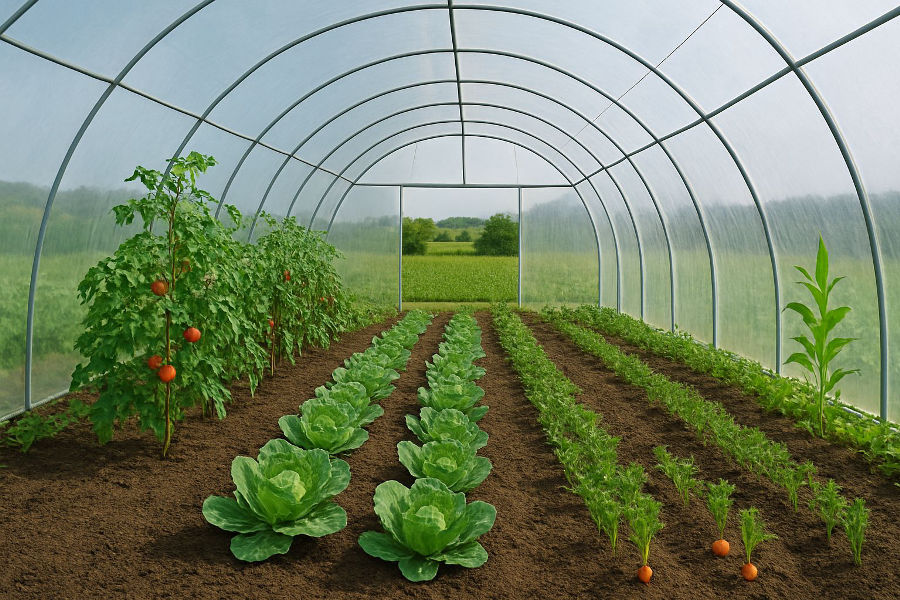What is Protected Cultivation in Agriculture?
Protected cultivation is a modern method of farming where crops are grown inside specially designed structures such as polyhouses, shade nets, or greenhouses. These structures create a controlled environment for crops by regulating temperature, humidity, light, and water. Unlike traditional open-field farming, protected cultivation allows farmers to grow crops in all seasons with better quality and higher yields.
Why Protected Cultivation?
In today’s agriculture, farmers face challenges like unpredictable climate, heavy pest infestations, and reduced soil fertility. Protected cultivation offers a solution by providing an environment where crops can grow without being affected by extreme weather or pest attacks.
Key Features of Protected Cultivation
-
Crops are grown under protective structures like polyhouses or net houses.
-
Temperature, humidity, and irrigation are scientifically managed.
-
High-value crops such as tomato, capsicum, cucumber, flowers, and exotic vegetables are commonly grown.
Advantages of Protected Cultivation
-
Higher and more consistent yields compared to open farming.
-
Uniform and export-quality produce.
-
Year-round production without seasonal limitations.
-
Efficient use of water and fertilizers through drip irrigation.
-
Reduced pest and disease pressure.
-
Protection from heavy rains, frost, and strong winds.
